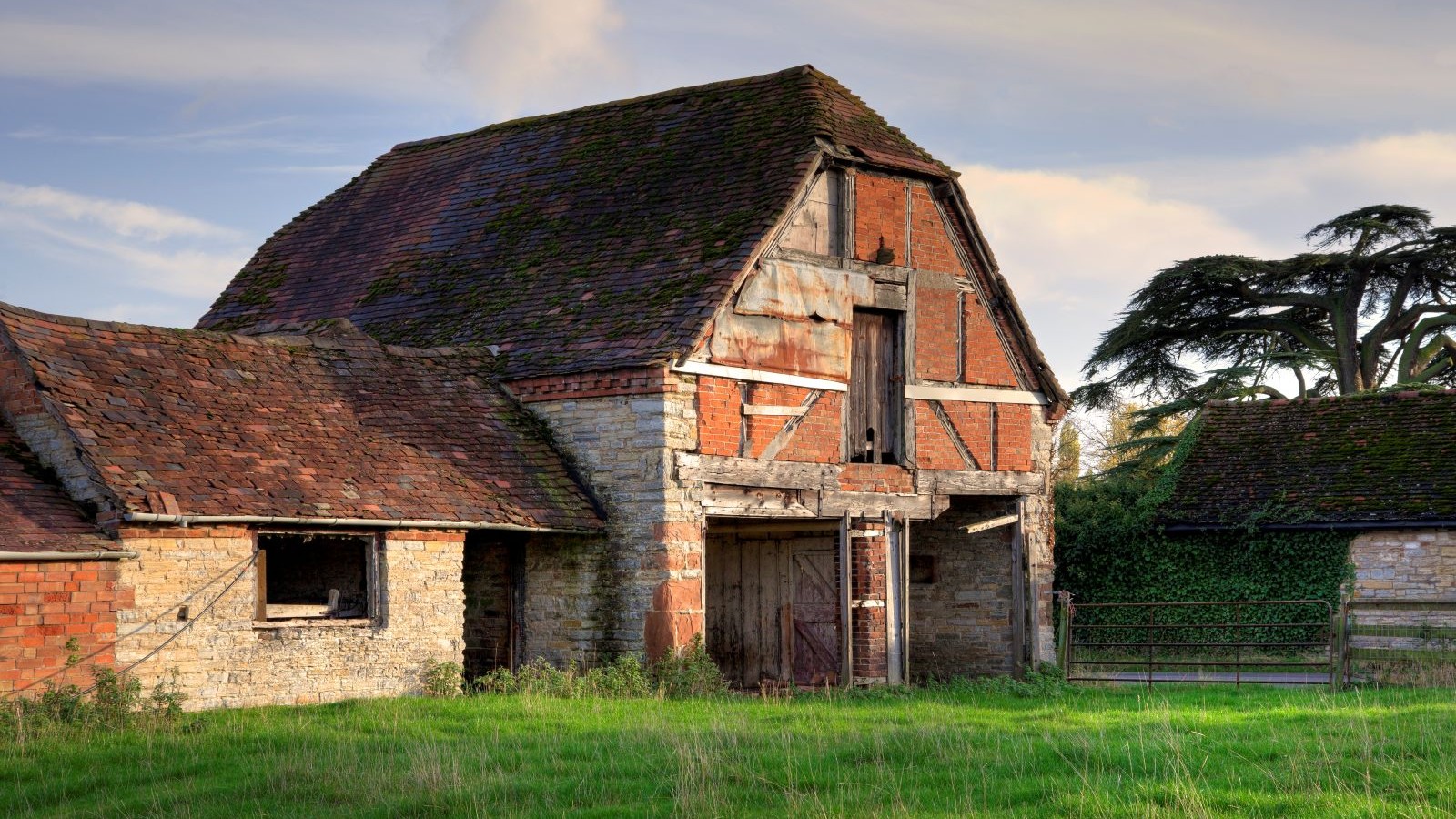What is a floating floor? Weighing up the pros and cons
Exactly what us a floating floor and why should renovators consider this type of flooring for their next project? We debate the benefits and disadvantages
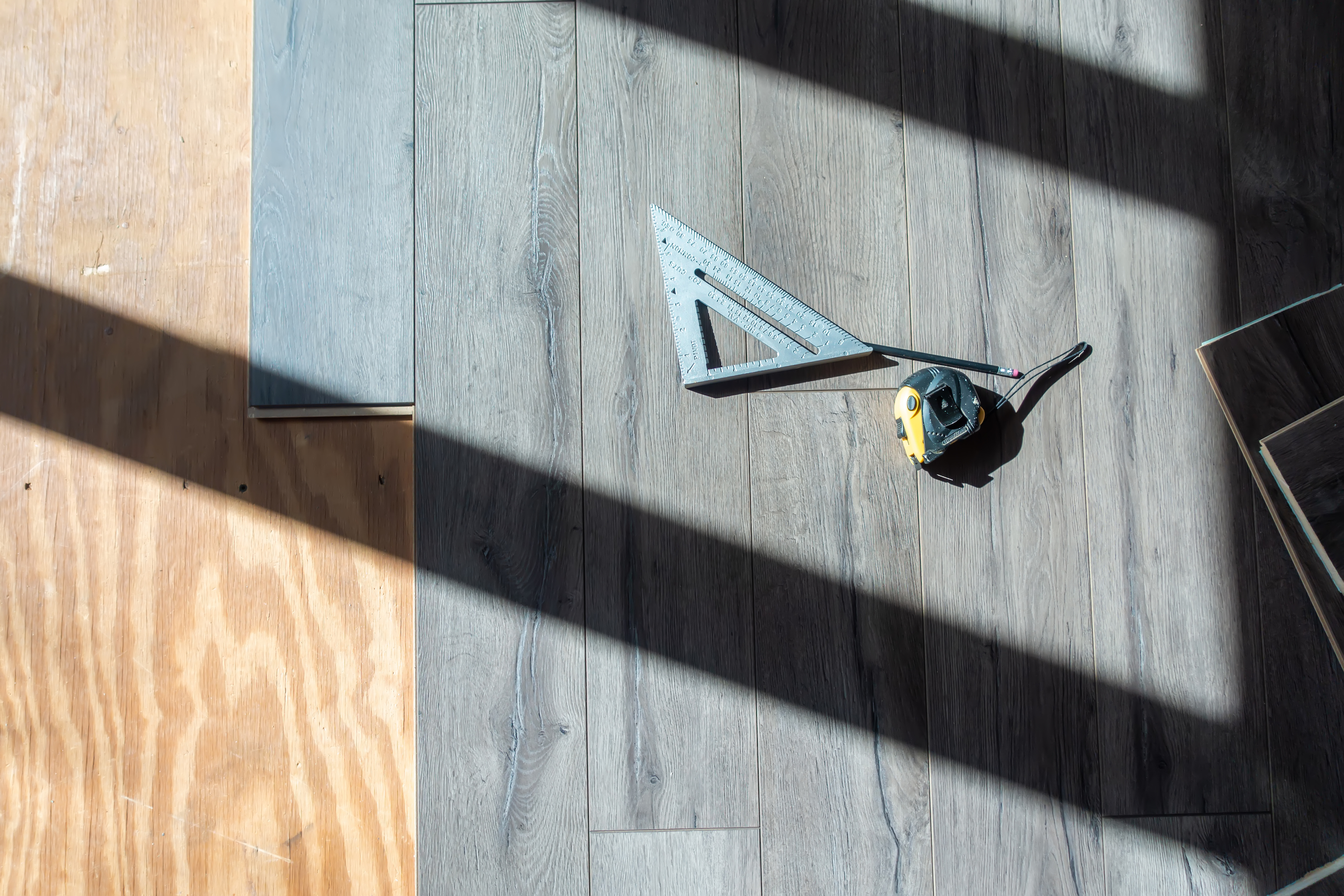
Wondering exactly what is a floating floor and why you should consider it when replacing your flooring or renovating a home?
This term is thrown around when looking at different types of flooring, but simply refers to the way the planks, tiles or boards fit together.
Take a look below at our guide to floating floors and if you should install one in your home.
What is a floating floor?
Put simply, a floating floor is the system by which your chosen flooring type is fitted together. Traditional systems for real wood or tile would see the product glued, nailed or stuck down with adhesive. However, with a floating floor, interlocking edges mean that the floor simply clicks together, seemingly 'floating' above the subfloor.
Floor types that can have a floating floor structure include:
Luxury vinyl tile
LVT flooring are semi rigid planks or tiles which are ideal for a cost-effective yet hard-wearing flooring. This type of vinyl flooring is generally made up of multiple layers topped with a vinyl print to replicate wood or types of stone flooring, sometimes with good quality textured effects.
Bring your dream home to life with expert advice, how to guides and design inspiration. Sign up for our newsletter and get two free tickets to a Homebuilding & Renovating Show near you.
Engineered wood flooring
Similar to LVT, engineered wood flooring is made up of layers but will be a more structured and rigid plank with better thermal insulation. These planks are also topped with a real wood layer, giving a more affordable and stable alternative to solid wood flooring.
Cork flooring
An underrated but stylish option that's rising up as a major flooring trend, modern cork floating flooring is great for kitchens and bathrooms as it offers water resistance (like LVT), but is also soft underfoot for cosier rooms like living rooms and bedrooms. Plus, cork flooring is great for acoustic insulation, dampening the sounds that can be associated with floating floors (see below).
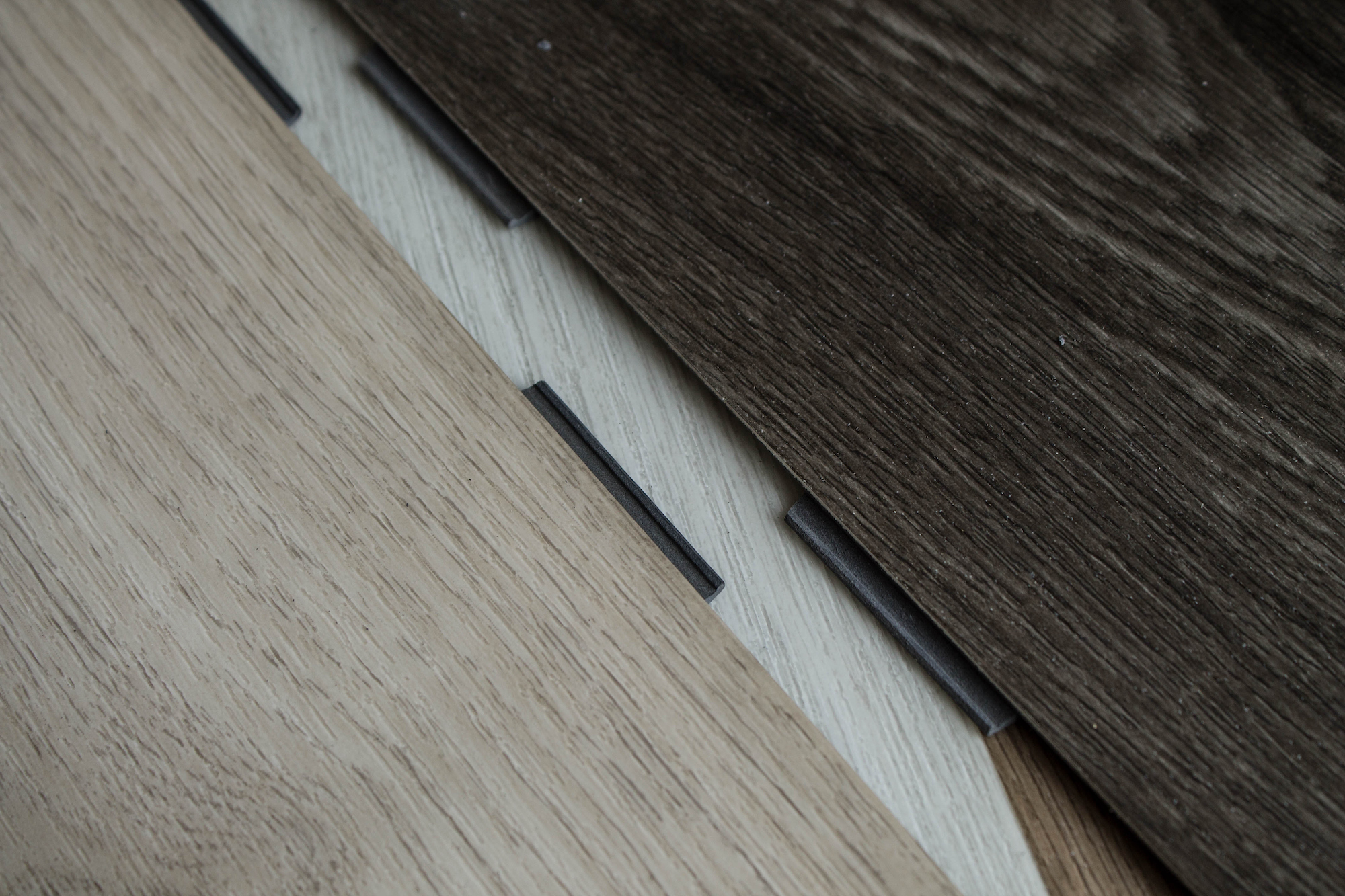
What is the purpose of a floating floor?
Floating floors serve multiple purposes. Primarily, they're cost-effective, as they encourage quick and simple installations that don't necessarily need a professional.
The click fit design can also be installed on top of existing flooring — so if you're renovating and don't want to pull up tiles that aren't your style, for instance, a floating floor is a great option. That said, the floor or subfloor below needs to be clean, even and level for a good finish.
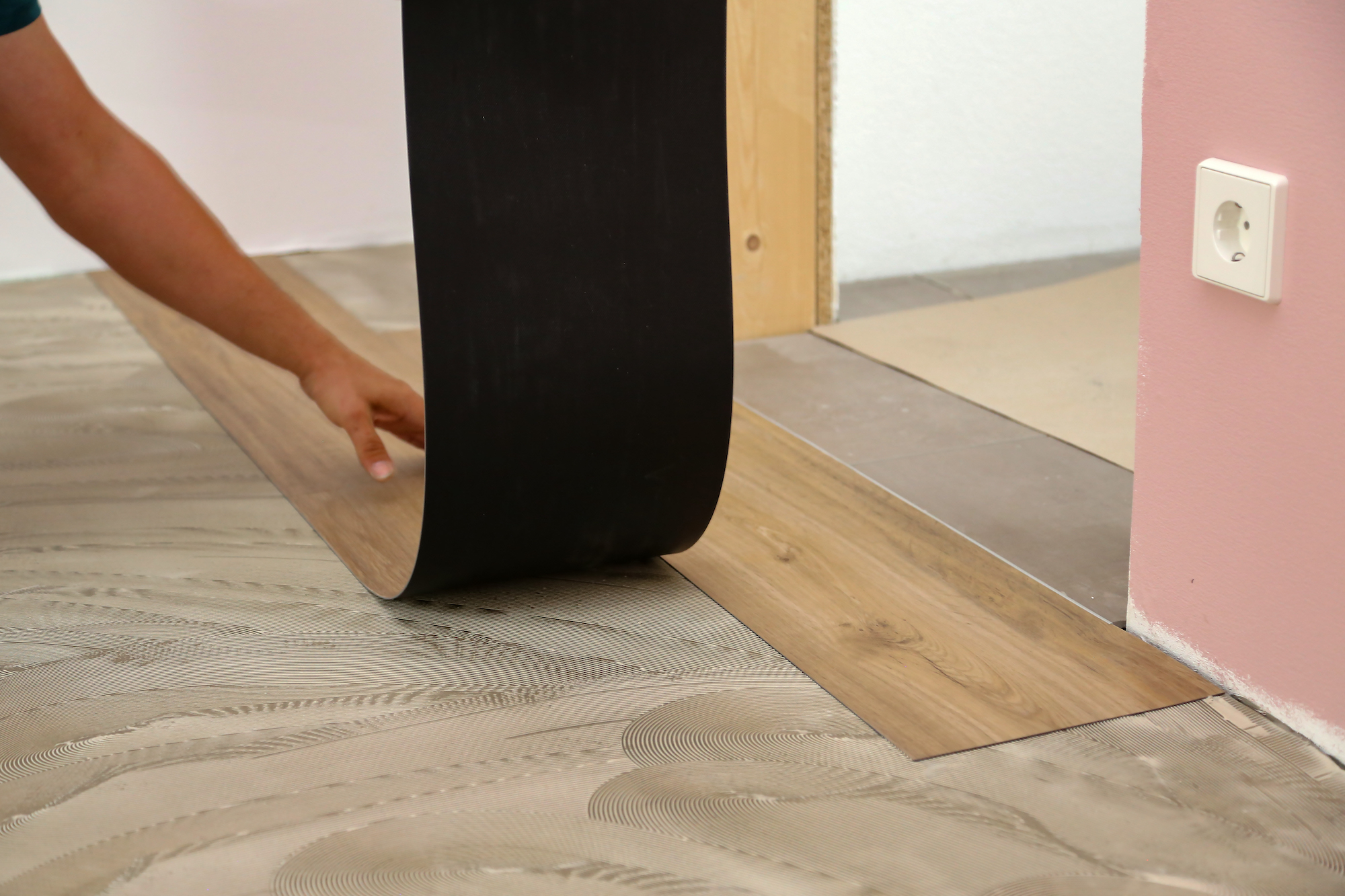
What are problems with floating floors?
Floating floors generally need a solid subfloor or fairly level existing floor below. If this is not the case before you lay a floating floor type you will hear sounds where the dips are and it will feel hollow underfoot.
Rigid types like engineered wood flooring are best to combat this, especially ones with sound dampening layers. Thinner LVT products will feel a 'give' when weight is put on and the subfloor isn't there to support it.
Also, floating floors are generally not as durable as glue or nail down options, like real stone or solid wood, but they will still last a decent amount of time if cared for correctly.
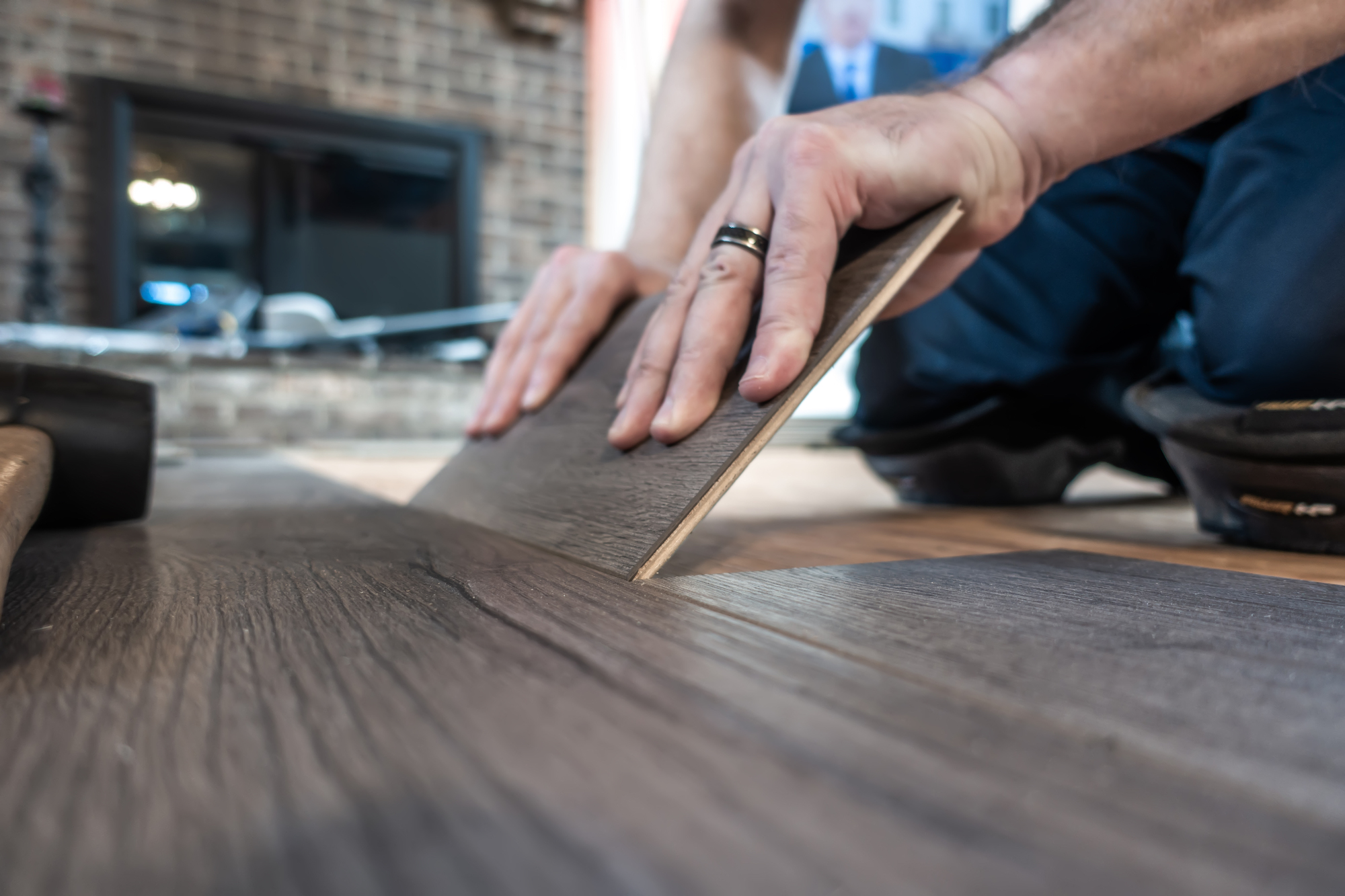
Are floating floors any good?
Floating floors are a great choice for renovators with relatively even subfloor or floors beneath.
For DIYers who want to save some money by getting stuck in, they're simple and quick to install with entire rooms being completed within a couple of hours.
Better quality boards can also be picked up and replaced if required. However, bear in mind that with cheaper products, their click fit interlocking systems may snap when removed from the next plank along.
Amy is an interiors and renovation journalist. She is the former Assistant Editor of Homebuilding & Renovating, where she worked between 2018 and 2023. She has also been an editor for Independent Advisor, where she looked after homes content, including topics such as solar panels.
She has an interest in sustainable building methods and always has her eye on the latest design ideas. Amy has also interviewed countless self builders, renovators and extenders about their experiences.
She has renovated a mid-century home, together with her partner, on a DIY basis, undertaking tasks from fitting a kitchen to laying flooring. She is currently embarking on an energy-efficient overhaul of a 1800s cottage in Somerset.

